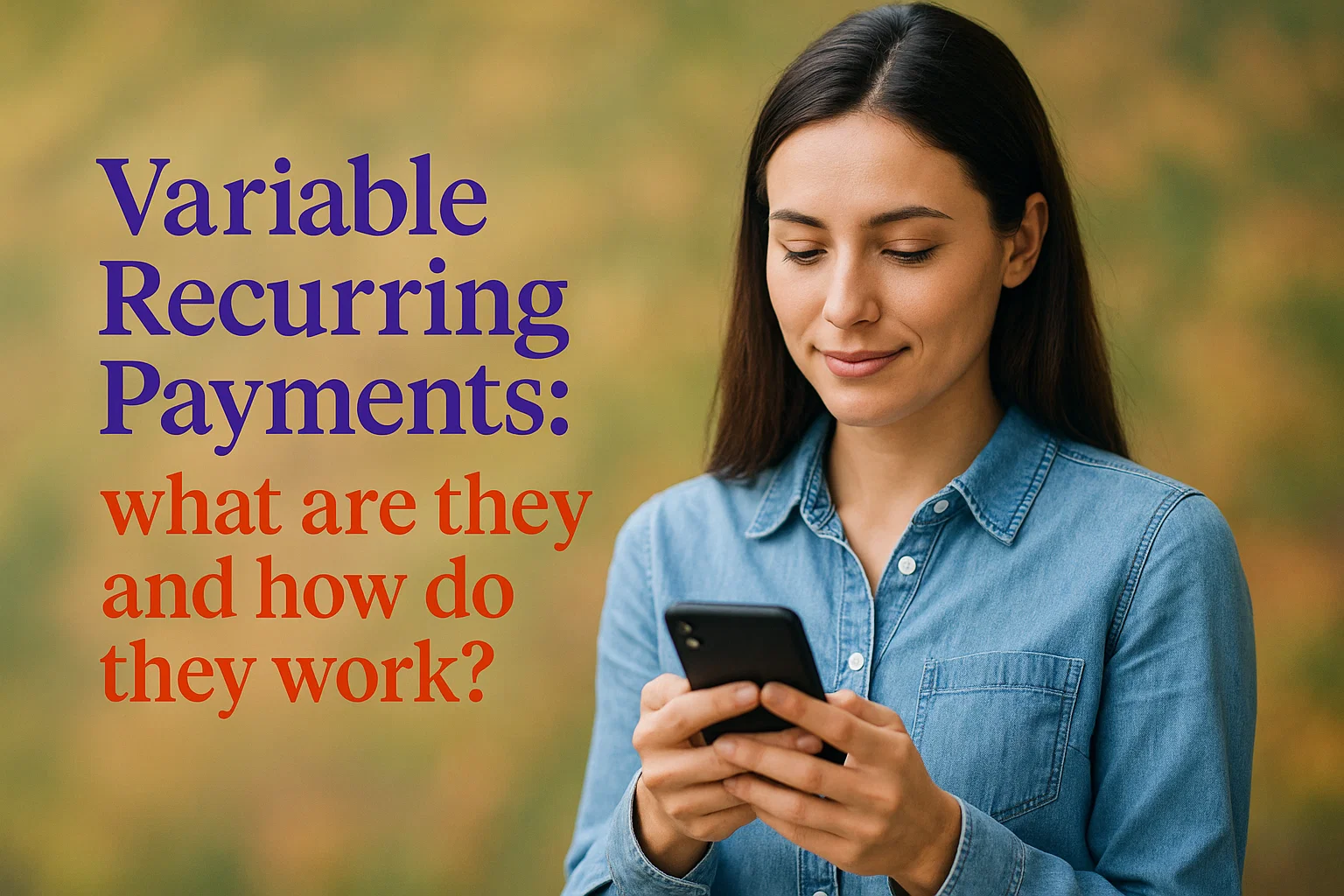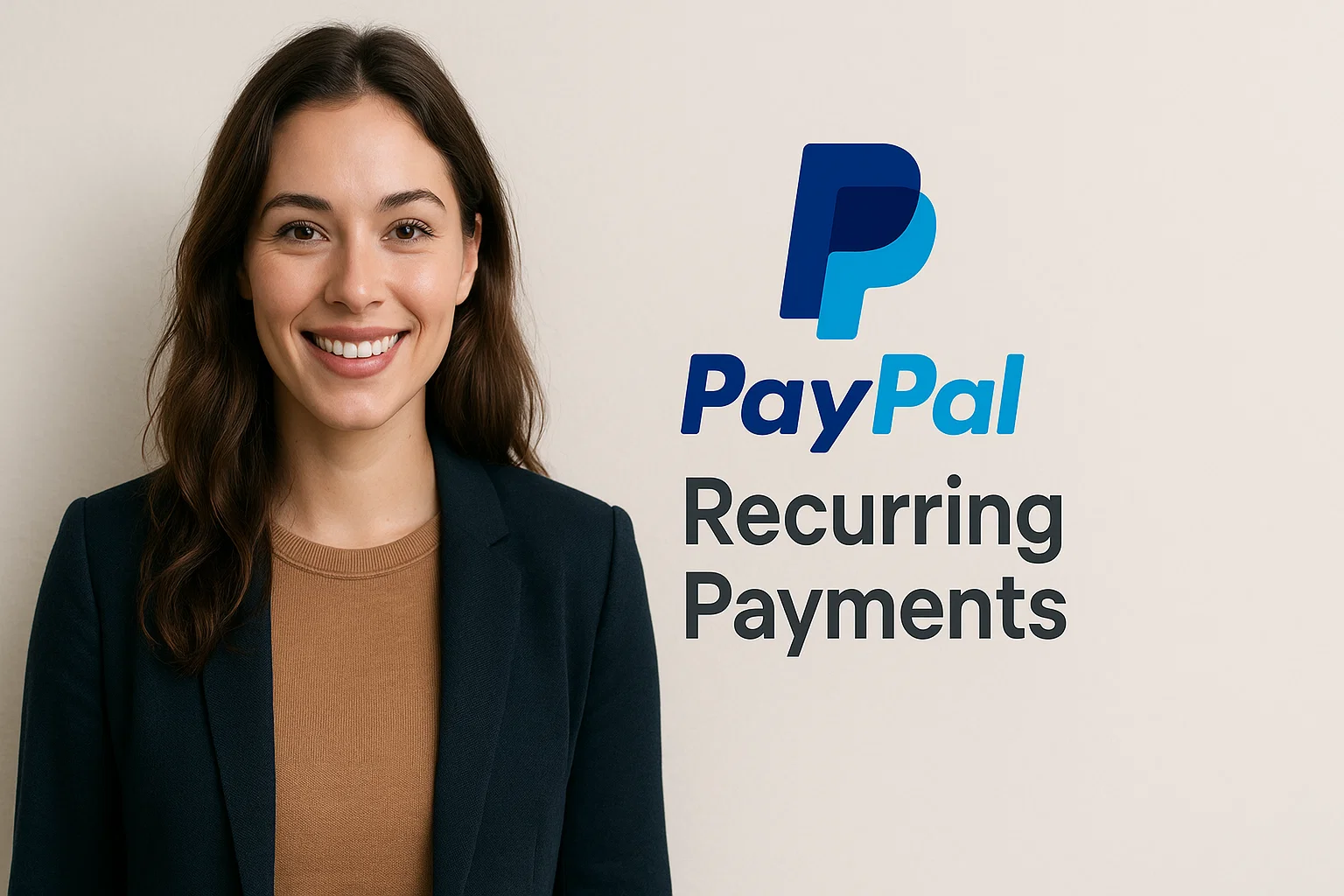In the changing world of financial technology, Variable Recurring Payments (VRPs) are a leading-edge innovation that brings both customers and companies more control, transparency, and efficiency. These payments are the next step in automated billing, presenting a more advanced substitute for fixed subscription schemes. With digital transactions increasingly common, getting intimate with recurring payments, specifically variable recurring payments open banking, is imperative for anyone handling finances in the modern interconnected world.

Understanding Recurring Payments
Let us first establish the fundamentals before going into the sophisticated nature of VRPs. What is a recurring payment? A recurring payment is a transactional setup wherein a business draws money from a customer’s account at a scheduled interval. These payments are usually automated and do not need a customer’s effort each time. Examples of such are gym memberships, utility bills, subscription boxes, and streaming services. You may wonder, what is recurring payment? It just describes ongoing or regular billing of a customer pursuant to an agreement. Sometimes these are flat fees, like a $15/month Netflix account, and others it can be variable based on the usage of the service, such as in the case of utilities. When individuals seek information on what recurring payment means, they generally seek to understand these prevalent financial arrangements that are part of contemporary online life.
The Evolution: From Fixed to Variable Payments
Historically, recurring card payments were fixed. In other words, the same amount was taken at the same frequency. But with the advent of open banking, variable payments have come in the concept where the amount differs every time but the permission is ongoing. Variable Recurring Payments add one level of sophistication and flexibility. Customers can give permission to a third-party provider (TPP) to make payments on their behalf from their bank accounts in varying amounts, as long as within parameters agreed previously. The innovation is particularly helpful for services with variable prices, like metered utility charges, ride-sharing sites, or cloud computing.
Variable recurring payments open banking is facilitated by APIs offered by banks, allowing consumers to give continuing consent to TPPs. Such consents may include limits on payment value, time slots, and peak frequency, which adds to security and control.
How Variable Recurring Payments Function
To see how variable recurring payments function, it is useful to divide the process:
- Customer Consent: The user authorizes a TPP to debit their account.
- Parameter Setting: The user imposes boundaries on the amount that can be debited, the frequency, and duration.
- Bank Authorization: The customer bank sanctions the VRP arrangement and grants secure access.
- Automated Transactions: Payments are made by the TPP, subject to the specified parameters.
- Ongoing Control: Users are able to view or withdraw consent at any time using their banking system. This contrasts with recurring payments in PayPal where consumers have less specific control after a payment profile has been established.
Advantages of Variable Recurring Payments
The increasing popularity of VRPs is due to their many benefits:
- Increased Control: In contrast to conventional recurring payment PayPal systems, VRPs provide consumers with the facility to define and update consent parameters in real-time. This minimizes the risk of surprise charges greatly.
- Transparency Improved: Consumers have complete visibility into why, when, and how payments are made. This is frequently absent in older systems such as recurring billing PayPal or recurring card payments.
- Improved Security: VRPs avoid storing card information on behalf of merchants. It is the bank that performs authentication, which lessens fraud risk typically seen with card not present transactions.
- Smooth Automation: Once implemented, VRPs do not need repeated approvals of any sort, conserving consumers’ and businesses’ time. They are similar to PayPal repeat payments but offer greater levels of customization.
Real-World Applications of VRPs
Variable recurring payments are applicable across many types of industries:
- Utility Providers: Monthly bills depend on usage, changing monthly.
- Transportation Services: Ride-sharing or toll payments are not fixed.
- Streaming and Cloud Storage: Pay-as-you-go based on consumption.
- Charitable Giving: Contributors can be made to vary their gifts.
- Contractor Platforms: Rewarding freelancers based on time spent.
These solutions are already being tested in markets with strong open banking rules, especially in the UK and some parts of Europe.
PayPal and Recurring Payments

Most customers continue relying on PayPal for repeat payments, an easy system particularly for freelancers and small businesses. Creating a PayPal recurring payment entails creating a subscription account that takes away a specified amount at predetermined intervals.
PayPal repeat payments, PayPal scheduled payment, and recurring payments PayPal are similar terms used interchangeably. Here’s a brief rundown of how to create recurring billing PayPal:
- Log in to your PayPal business account.
- Navigate to ‘Tools’ and select ‘Recurring Payments.’
- Set up a subscription plan.
- Send the checkout or subscription link to clients.
PayPal recurring payments provide minimal automation, without the customization and consumer-level control provided by VRPs.
How to Cancel Recurring Payments
One of the most common questions is how to cancel recurring payments or how to cancel a recurring payment. Here are techniques based on the platform:
PayPal
- Log in to your account.
- Navigate to Settings > Payments > Manage automatic payments.
- Select the merchant and press ‘Cancel.’
Credit/Debit Card
- Call the bank or use the mobile banking app.
- Use the card control feature to cancel the payment.
Open Banking (VRPs)
- Log in to your banking portal.
- Go to the VRP or ‘Authorized Payments’ section.
- Cancel access for the particular third-party provider.
The process is getting simpler overall, but VRPs offer the quickest and most transparent method of managing and cancelling authorizations.
Standard Terms and Questions
Let’s go through some commonly searched terms and what they are:
- What is recurring payment: Repeated charge to a user’s account, on the basis of an agreement.
- Recurring payment meaning: Financial arrangement where deductions are made automatically.
- Recurring payments meaning: Same as above, but occasionally searched with plural grammar.
- Meaning of recurring payment: Often queried when users are not familiar with automated billing.
- Recurring payments PayPal: Payment approach within PayPal to enable subscription billing.
- Recurring card payment: Classical model based on stored card details for repeat billing. These terms show the extent to which there is interest in knowing and better controlling automated payments.
Challenges with Traditional Recurring Payments
Not withstanding their popularity, older recurring systems have several problems:
- Lack of Transparency: Consumers don’t know what they’re paying for until after the fact.
- Hard to Cancel: Services often make it difficult to halt the payments.
- Security Risks: Saving card information makes it easier to be defrauded.
- Limited Flexibility: Vast majority of systems don’t accommodate changeable amounts. These are the reasons variable recurring payments are fast becoming the payment method of choice for today’s financial transactions.
Regulatory Support for VRPs
Open banking projects, particularly in the UK, have required banks to build APIs supporting VRPs. This kind of regulatory support makes VRPs not merely a technical development but also a legal and consumer-protection-based advancement. With banks adhering to such requirements, additional services will be offered to businesses and consumers seeking to leverage variable recurring payments open banking.
Businesses That Stand to Gain through VRPs
Companies that use variable recurring payments can:
- Improve predictability of cash flow.
- Minimize churn by providing flexible billing.
- Minimize customer service costs associated with billing disputes.
- Maximize customer satisfaction through transparency.
VRPs are especially useful for:
- SaaS platforms.
- Freelance marketplaces.
- Digital service providers.
- Fintech apps.
Conclusion
As financial environments become increasingly sophisticated and customers want more control, variable recurring payments are the wave of the future in automatic billing. Though tools such as recurring PayPal payments or recurring billing PayPal continue to meet the needs of most users, they’re being threatened by the superior flexibility, transparency, and control provided by VRPs. With the backing of open banking, regulators, and fintech innovators, VRPs stand ready to go global. Customers have the reassurance of knowing precisely what they’re paying for and why, and businesses benefit from enhanced customer retention and lower operational overhead. So if you’re interested in what is recurring payments, creating a PayPal recurring payment, or learning how to add variable payments to your service, today is the day to embrace smarter, more versatile solutions.
FAQs
In what way does variable recurring payment differ from fixed recurring payment?
A fixed recurring payment pays the same amount each time. A variable recurring payment pays different amounts in defined ceilings, which is flexible.
Are variable recurring payments safe?
They are safer than normal card payments because they use secure bank APIs where no card data is needed to be stored.
Can I also cancel a VRP whenever I wish?
Yes. You can cancel permission via your bank website at any time you want.
Is VRP available from all banks?
Not yet. It is bank and geographically based but growing due to open banking requirements.
Is PayPal a VRP provider?
No, PayPal provides recurring billing but not yet variable recurring payments according to open banking requirements.
Do I see if I’m configured for recurring payment?
Look at your repeating payments or subscription section in your bank or PayPal account to check what live arrangements you have.
Can VRPs benefit businesses?
Yes. They have flexibility, better customer experience, and less administrative effort.
